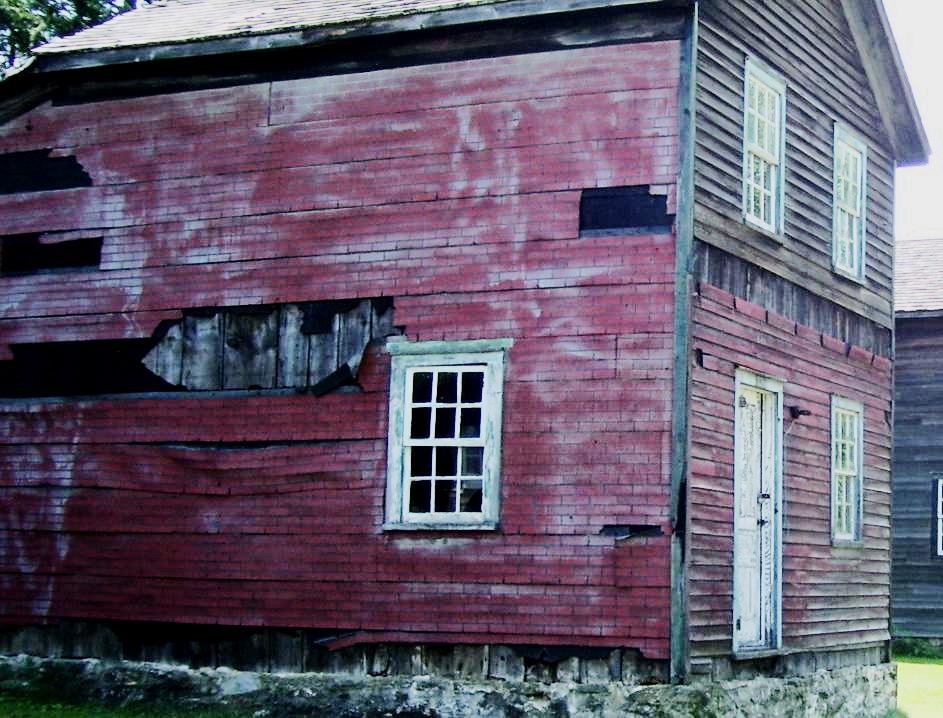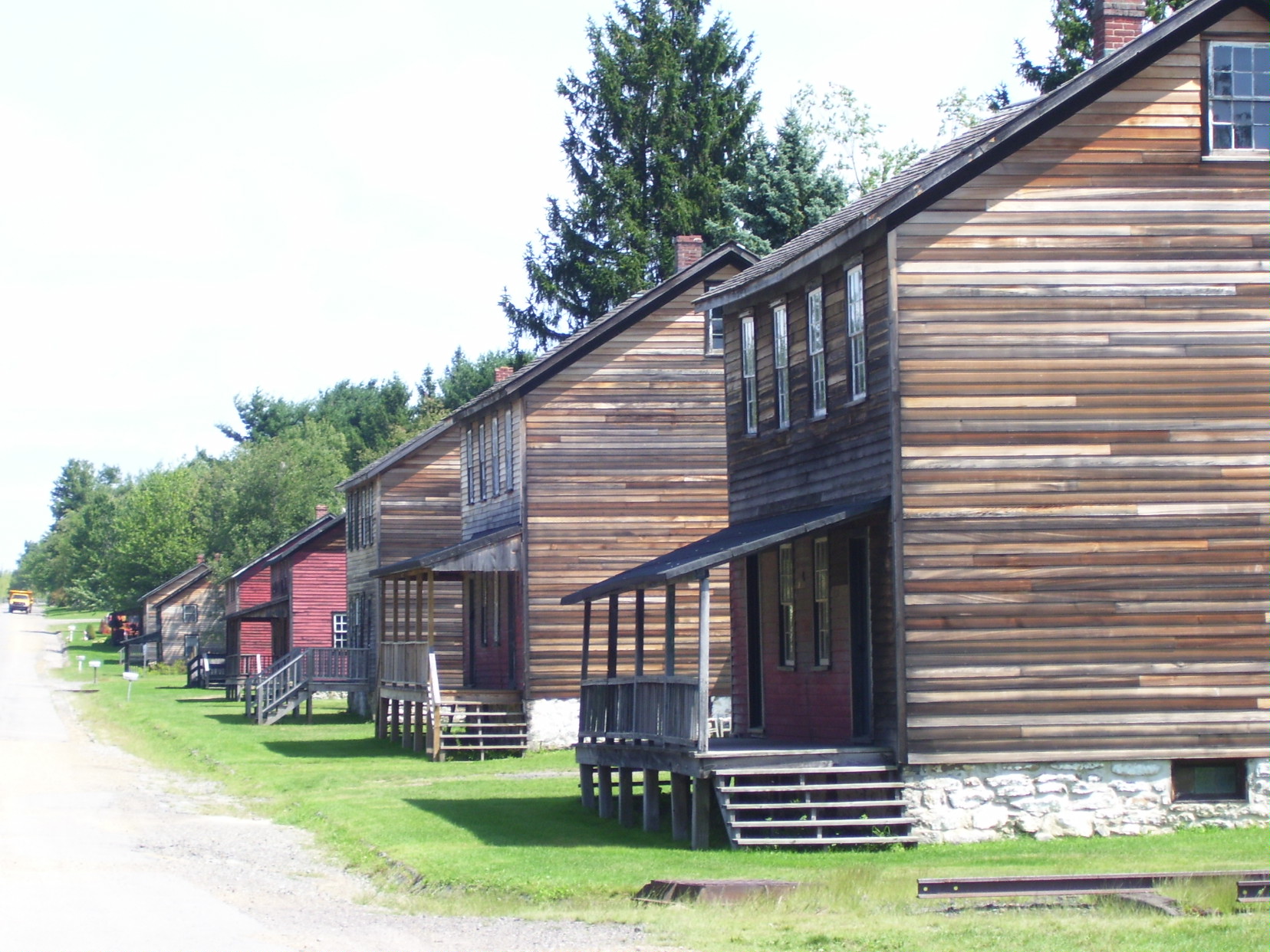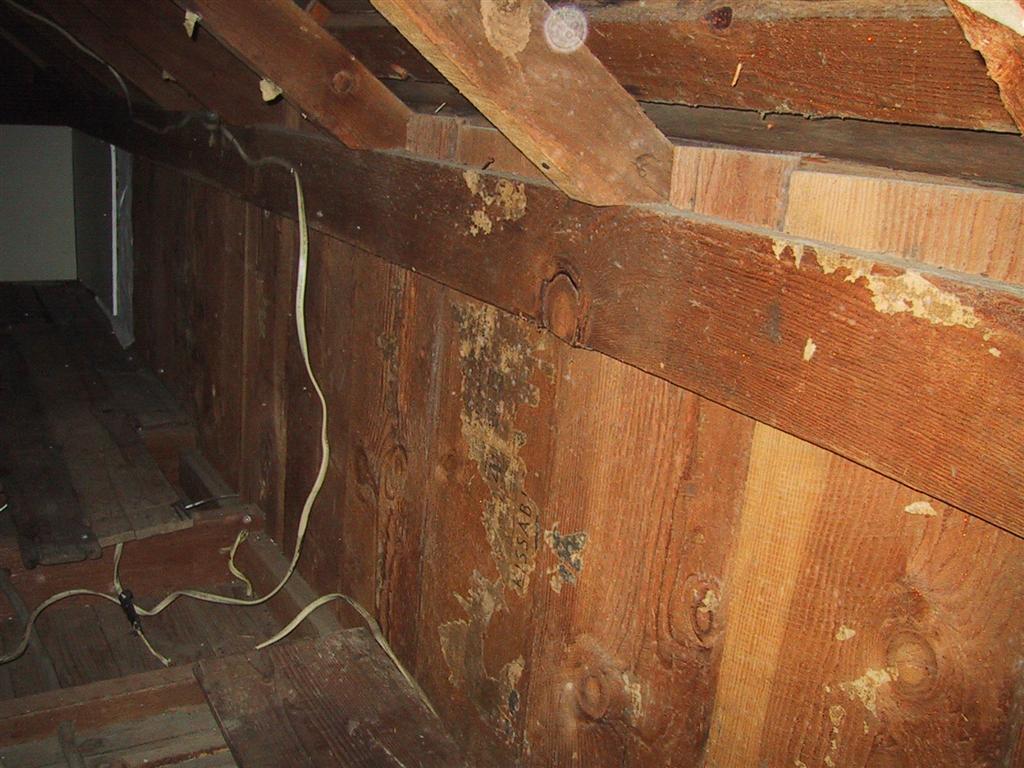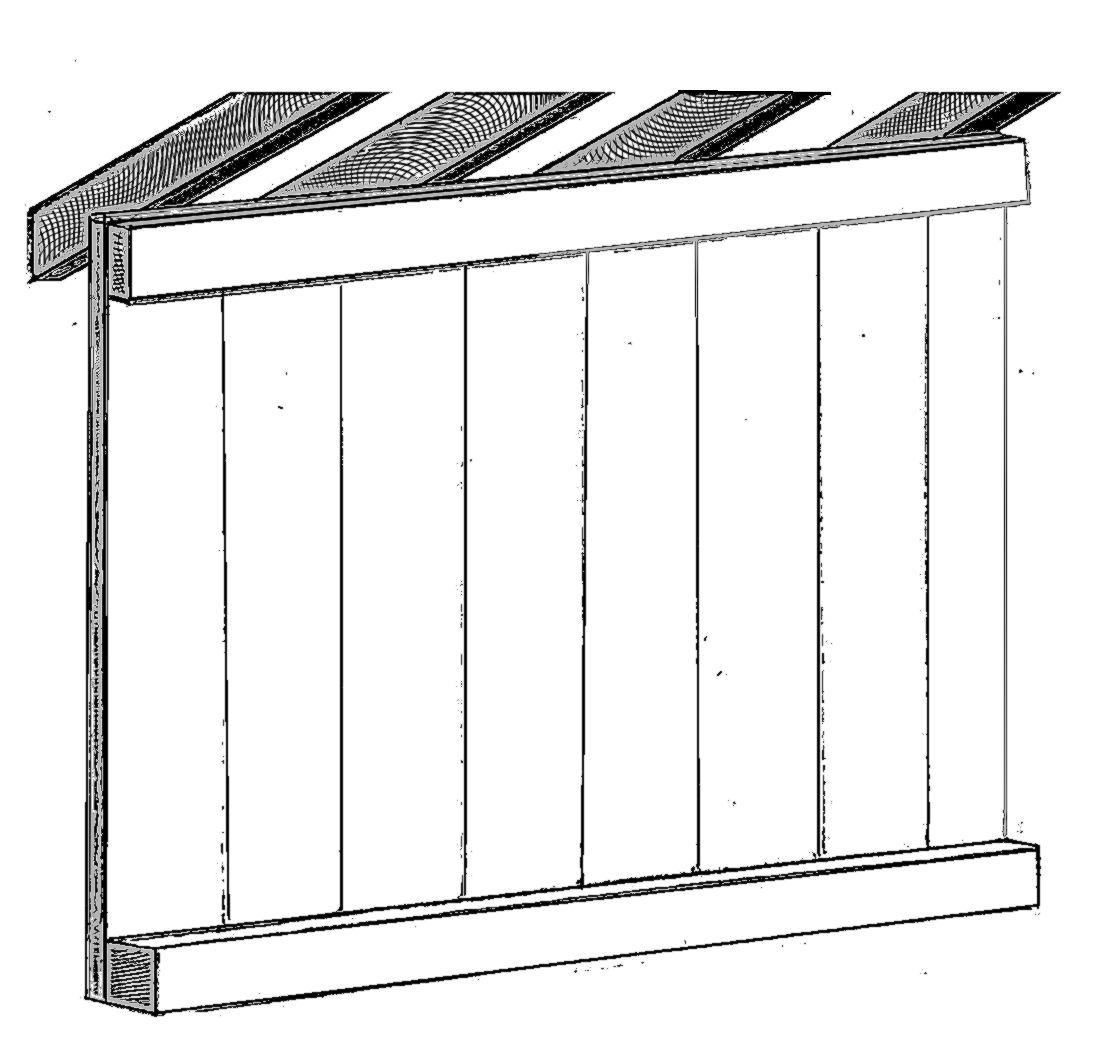

You've probably heard of empty steel shipping containers being adapted for use as homes. Have you heard of old homes having been constructed like wooden shipping crates? Load-bearing vertical plank construction was used in several areas of the US for homes and other buildings as a less expensive and quicker method than timber frame, balloon frame or platform frame techniques.

This type of construction has no wood framing. It uses the exterior walls like an exoskeleton. The vertical planks extend from the foundation to the roof.
These buildings, most commonly from the 1870s to the 1910s, were referred to as a plank house, box house, box-frame, box & strip, or battened box. In eastern West Virginia, they are sometimes referred to as a Jenny Lind house or 'Jinn Linn' (Jenny Lind was a popular 19th century Swedish singer who's name was appropriated and applied to things manufactured quickly and cheaply).

This type of frameless structural system is most commonly found in areas where small towns, villages or camps were quickly created for the timber industry and mining. I've also found it used in early 20th century vacation cottage type homes, some with rather elaborate decorative details.
They've been identified in significant numbers in areas of the pacific Northwest, throughout Appalachia and in the old coal mining region of Pennsylvania. Occasionally some get discovered in other rural areas and even a couple in large towns and cities.

Local availability of sawn lumber was a factor initially. Once canals and railroads were common, processed lumber was much more readily available and spread this plank construction widely.
These aren't all just small shacks or cabins or temporary structures. Two-story buildings are created by nailing a ledger board about midway up the vertical planks to support the second floor joists. Stores, barns and some churches and train stations in these communities often show the same plank construction.

The walls consist of only 3 wood components. The sill (the large timber on top of the foundation). The rafter plate (board at the top of the wall) and the vertical planks nailed to each. This load bearing wall assembly relies on the strength of the nails to support everything above the sill.
If no siding is added over the planks, there is usually batten strips over the vertical seams. This is sometimes referred to as lath strips, slatted over, or slips. With the strips over the boards visible, many just assume it's traditional board and batten siding over a traditional wood frame. Another method of covering the seams is double plank construction. The walls are 2 planks thick with the vertical seams between the boards of each layer staggered.



Since there are often many alterations to these buildings over more than a century - including a layer of siding or two and interior coverings - most aren't easily recognized as a box house. Some may not find out until a thorough inspection, or when an electrician tries to run some wires up into the walls.
For having absolutely no framing for the exterior load bearing walls, examples I've seen have mostly faired well. But it's likely I'm only seeing the exceptional examples -that survived.

Bill Kibbel is a consultant and an inspector of historic homes
& commercial buildings at Heritage Building Inspections.
Mobirise easy website builder